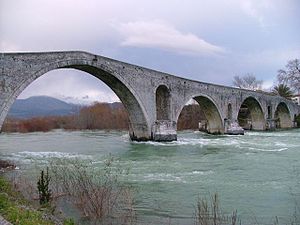Mouse Power Animal, Symbol of Scrutiny, Order
By Ina Woolcott
Mouse’s wisdom includes scrutiny, order, organisation, examining life's lessons, shyness, quietness, understanding details, seeing double meanings in things, invisibility, stealth, guidance in signing contracts, discovery, ability to be unseen
By Ina Woolcott
Mouse’s wisdom includes scrutiny, order, organisation, examining life's lessons, shyness, quietness, understanding details, seeing double meanings in things, invisibility, stealth, guidance in signing contracts, discovery, ability to be unseen
People with mouse in their lives can become too fixated on methodology and come across as nit-pickers, finding fault with insignificant details and being overconcerened with trivia. This will make them approach the most mundane, simplest of tasks with difficulty. They can be over-dramatic and over-emotional.
In a mouse home, everything must be in order. Even if you live in the most smallest of abodes, you are still a vital part of the universe and earth itself. Mouse people are frequently fearful of life. Try to see the larger picture, but as before mentioned don’t over-analyze.
If Mouse has come into your life, ask yourself if you have neglected the trivial but necessary things in life. Have you become too fixed on one or more activities and are not paying attention to opportunities around you? Are you trying to do too many things all at once? Mouse can teach us how to focus and how to achieve the ‘big’ things by working on the little things.
The cemetery of Revolutionary fighters (including Lord Byron) in Messolonghi, and the mountain village of Kalavryta. (<----- there's the new favorite.)
How to describe it. Imagine a twisting, winding drive up the mountains. Look to your right and you see a purple valley that turns to the sea. Look to your left and you see wide stretches of geological masterpieces wrapped in green fur. Keep going up until you find a small village with simple architecture, iron porches and red tiled roofs. There's one main street full of animated cafes and tavernas. Lambs hang from the rafters in the windows of butcher shops and jars of honey are lining every shelf of every store, even the barber shop.
In spite of it being the 9th of July it was crisp as a saltine cracker up there. We hadn't intended on staying the night (which is why I missed yesterday's post) but it was so late. I bought toothbrushes at the late night pharmacy and we spoke with the hotel that will be expecting our clients. They were generous with our room rate. We spent an hour or so walking the grounds. We found the infamous church which has two clocks, one for the current time and one frozen in time, the hour in 1943 when (and here I'll just quote wikipedia)
On 13 December 1943, in what is commemorated as the Holocaust or Massacre of Kalavryta, allegedly in retribution for the killing of 81 German soldiers captured by partisans during the Nazi occupation in World War II, German troops ordered all male residents of Kalavryta, aged 12 years and up, to gather in a field just outside the village. There, they machine-gunned down 696 of them. Only 13 survived. After that they burnt down the town before they left and the next day they burnt down the Monastery of Agia Lavra, birth place of the Greek War of Independence. Post-war, the federal Government of Germany offered gestures of atonement in the form of free school books for the high school, scholarships for orphans of the massacre and built an old peoples' home. No German commanders, (e.g. Major Ebersberger who carried out the destruction of Katavryta; Hauptmann Dohnert who led the firing party), were ever brought to book for these events
I should note that there are jars set up on small tables throughout the main street with a sign and a petition.
"Please sign this paper asking Germany to pay her retribution for the massacre at Kalavryta."
Something to think about.
http://en.wikipedia.org/wiki/Kalavryta

